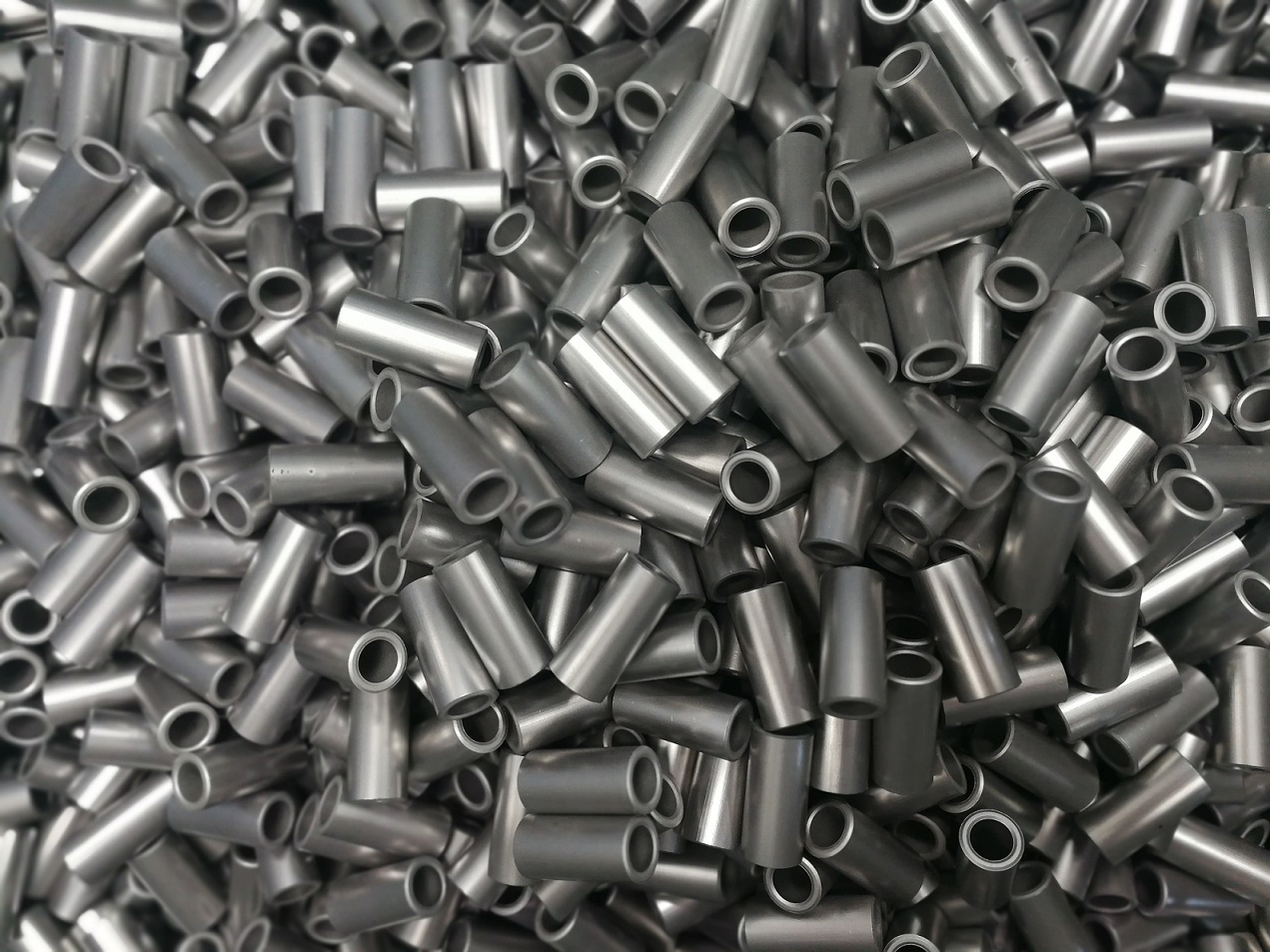
What’s is powder metallurgy bearing?
Powder metallurgy bearings are made of metal powder and other anti-friction material powders pressed, sintered, shaped and oil-impregnated. They have a porous structure. After being soaked in hot oil, the pores are filled with lubricating oil. The suction effect and frictional heating cause the metal and oil to expand by heating, squeezing the oil out of the pores, and then the friction surface acts as a lubrication. After the bearing cools, the oil is sucked back into the pores.
Powder metallurgy bearings are also called oil-bearing bearings.
When the oil-bearing bearings are in a non-operating state, the lubricant fills its pores. During operation, the shaft rotation generates heat due to friction, and the thermal expansion of the bearing bush reduces the pores. Therefore, the lubricant overflows and enters the bearing gap. When the shaft stops rotating, the bearing shell cools, the pores recover, and the lubricating oil is sucked back into the pores. Although oil-bearing bearings may form a complete oil film, in most cases, such bearings are in a mixed friction state of incomplete oil film.
Powder metallurgy good performance
Powder metallurgy bearings have the characteristics of low cost, vibration absorption, low noise, and no need to add lubricating oil during long working hours. They are especially suitable for working environments that are not easy to lubricate or allow oil to be dirty. Porosity is an important parameter of oil bearing. Oil-bearing bearings working under high speed and light load require high oil content and high porosity; oil-bearing bearings working under low speed and large load require high strength and low porosity.
This bearing was invented in the early 20th century. It has been widely used because of its low manufacturing cost and convenient use. It has now become an indispensable development of various industrial products such as automobiles, home appliances, audio equipment, office equipment, agricultural machinery, precision machinery, etc.


